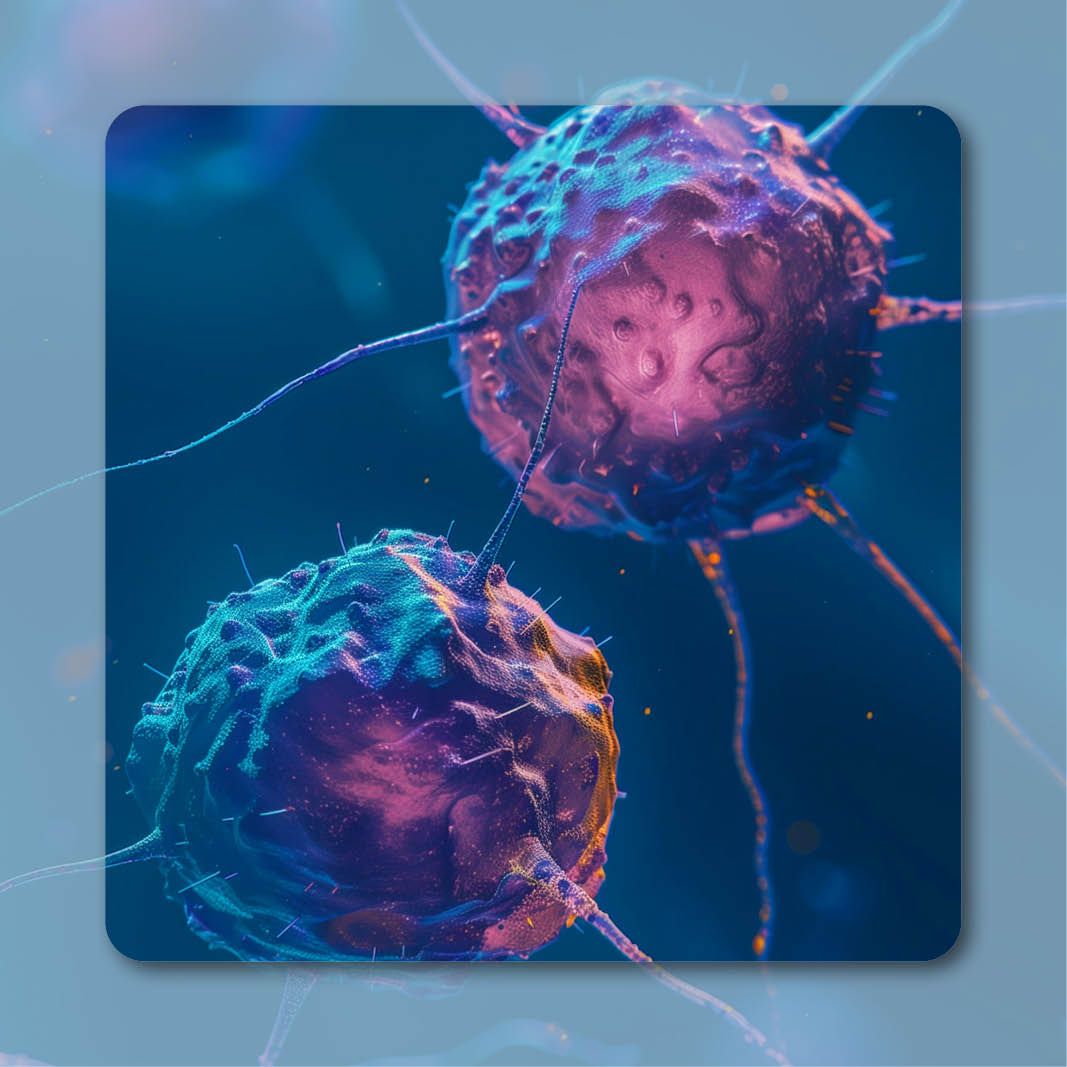Opinion
Video
Role of Transplant and MRD in Newly Diagnosed MM
Author(s):
Amrita Krishnan, MD, and Saad Z. Usmani, MD, MBA, FACP, offer their perspectives on the role of stem cell transplant and MRD testing in patients with newly diagnosed multiple myeloma.
This is a video synopsis/summary of a Peer Exchange featuring Krina K. Patel, MD, MSc; Amrita Krishnan, MD; Caitlin Costello, MD; Saad Z. Usmani, MD, MBA, FACP; and Rafat Abonour, MD.
The discussion focuses on determining which newly diagnosed multiple myeloma patients should proceed to autologous stem cell transplant (ASCT) vs an induction-maintenance approach without ASCT. For high-risk patients, ASCT remains standard, but for standard-risk patients who achieve minimal residual disease (MRD) negativity with quadruplet induction, omitting transplant with prolonged maintenance therapy is reasonable. However, attaining MRD negativity from induction alone may not be enough, and sustained MRD negativity over time is ideal. There is also concern about declining health and stem cell collection feasibility with increasing patient age.
While historically ASCT with high-dose melphalan was considered the best antimyeloma therapy, novel agents now appear equally if not more efficacious. Still, ASCT improves initial progression-free survival.
Video synopsis is AI-generated and reviewed by OncLive® editorial staff.

















